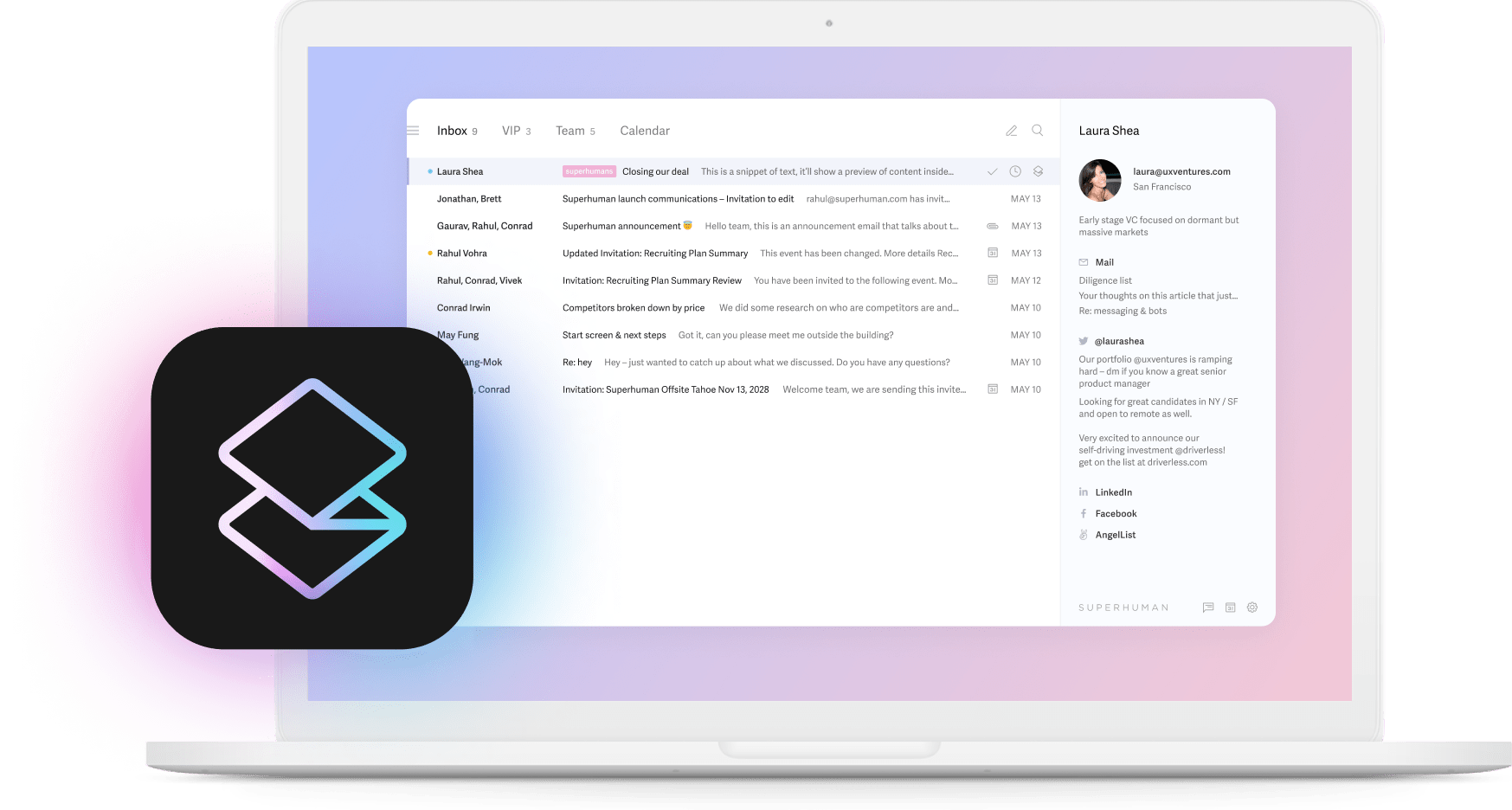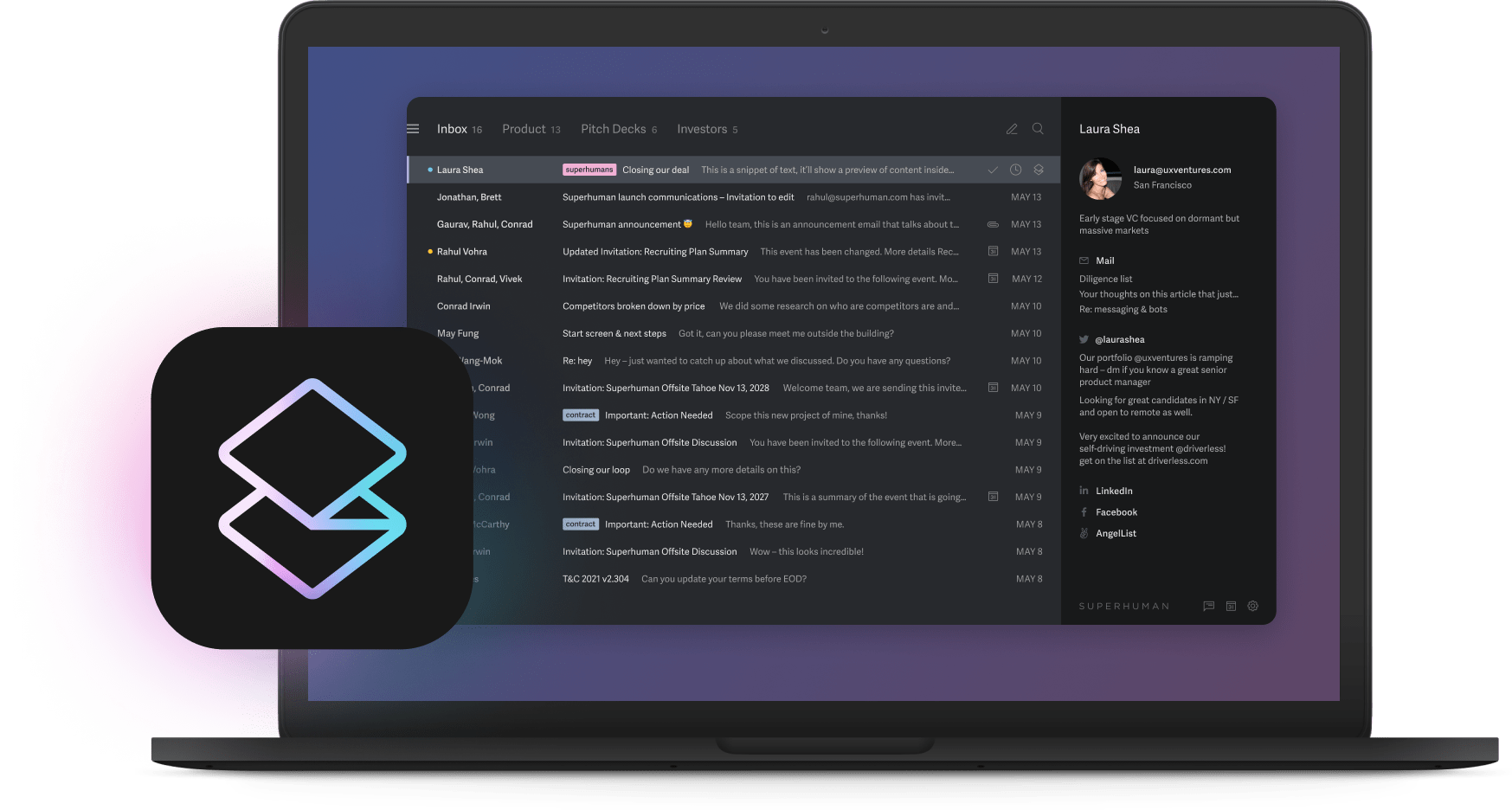
Every week, new AI apps promise miracles. Yet most teams get stuck comparing features and scheduling demos while competitors build frameworks that make any AI tool work.
Here's what winning teams figured out: they're not ahead because they found some magical chatbot. They built an operating system for AI. Strategy, governance, and data practices are baked in, so when a new model drops, it delivers value immediately.
Stop chasing the perfect tool. Build a framework that turns every tool into a compounding advantage.
What is a generative AI adoption framework?
A generative AI adoption framework is a structured methodology that organizations use to integrate artificial intelligence technologies into their business operations systematically.
It encompasses planning, governance protocols, technical infrastructure, and change management processes designed to ensure consistent, scalable, and compliant deployment of AI tools across an enterprise.
The framework consists of core components: strategic alignment mechanisms connecting AI to business objectives, governance structures managing risk and compliance, data protocols ensuring security, technology standards enabling interoperability, and talent programs building organizational capability.
These work together to create repeatable processes for evaluating, deploying, and optimizing AI solutions.
Organizations implementing frameworks see measurable improvements in deployment speed and ROI. Productivity rises at each stage because frameworks standardize previously ad-hoc processes.
Our State of Productivity AI report found industry-leading companies are 3x more likely to experience significant productivity gains from AI when using structured frameworks.
Unlike tool-specific implementations, frameworks provide vendor-agnostic infrastructure that remains valuable regardless of which AI models an organization chooses, enabling quick adaptation to new technologies while maintaining consistent governance.
Why organizations need a framework (not just tools)
You can spend months comparing chatbot features while competitors release enhanced products every sprint. This is the evaluation paralysis trap: obsessing over the next shiny tool instead of putting a repeatable framework in place.
Most leaders know this technology is mission-critical. McKinsey data shows widespread conviction that these capabilities will determine future market winners, yet only a minority have embedded it across functions.
Our research shows 66% of professionals expect AI to drive at least a 3x increase in productivity within five years. Every quarter you postpone a framework, that conviction turns into a larger execution gap.
The hidden costs of tool-first approaches:
- Shadow deployment chaos: Teams adopt different apps independently, creating duplicate contracts and conflicting workflows
- Inconsistent governance: Each tool brings its own privacy settings and compliance requirements, multiplying risk
- Vendor lock-in: Without a framework, switching tools means rebuilding entire processes from scratch
- Integration nightmares: Point solutions create data silos that prevent insights from flowing across teams
- Wasted investment: Tools become shelfware when they don't fit into existing workflows
Cleaning up that mess later costs more than starting with a common operating model today. According to our research, 87% of professionals believe AI at work is necessary to maintain competitive advantage. Companies with proper frameworks can deploy features like Split Inbox in Superhuman Mail to automatically prioritize critical messages.
Key pillars of an actionable generative AI framework
Building a framework means creating an operating system that survives every new hype cycle. Each pillar below turns that ambition into daily practice.
Strategic alignment and governance
Shift every conversation from "Which tool should we buy?" to "What outcome do we need?" The highest-performing teams map work to board-level objectives and review progress in weekly deployment sprints. Create a steering committee with product, security, legal, and finance leaders. Give it one job: set success metrics that work with any tool.
Ethics, risk and compliance
Universal data handling rules protect you no matter which model or vendor you test next. Enterprise risk frameworks embed encryption, privacy, and bias checks directly in the pipeline. Write policy once, apply everywhere: prompts, fine-tuning jobs, third-party APIs.
Data management and security
Good data strategy travels with the data. Tag information by sensitivity at the source, and those labels follow every API call or model query. Require every new tool to expose standard APIs so you can hot-swap models without rewriting auth and logging.
Implement these security protocols from day one: role-based access controls, prompt injection detection, output filtering, and audit logs tracking every interaction. Companies that build these safeguards into their framework significantly reduce security incidents while maintaining deployment speed.
Technology integration
Forget the old native versus bolt-on debate. A universal integration layer pulls events from your CRM, email, and ticketing systems, then pushes insights back through the same pipes. This design-thinking integration gives you freedom. Performance benchmarks focus on impact: deals closed, tickets solved.
Build your integration layer with standardized APIs, webhook listeners, data transformation pipelines, and monitoring dashboards.
For example, Write with AI in Superhuman Mail learns from your communication patterns to maintain consistency, while Auto Summarize processes complex email threads into actionable insights.
Talent, change and culture
Train people on the framework, not the tool. Cross-functional bootcamps teach prompt design, data stewardship, and ethical review in one sitting. Nominate champions who coach peers on workflows, not product menus.
Teams trained this way can pick up a brand-new app on Monday morning and show measurable impact by Friday afternoon. Superhuman customers using AI features save 37% more time than those who don't, proving that proper framework implementation delivers immediate returns.
Stages of adoption for VC-backed companies
VC-backed teams live on runway. You can't spend months on vendor demos while rivals ship native features. Here's how to implement in five progressive stages:
1. Assessment and planning (Weeks 1-2) Map repetitive tasks and data handoffs across product, ops, and sales. Ask "where do we need systematic automation?" Commit to a 90-day framework rollout. Document pain points in a shared tracker.
2. Experimentation (Weeks 3-6) Run 30-day sprints testing the framework, not the tool. Wire a sandbox to live data, plug in a low-cost app, and clock how long before teammates get real output. Every sprint produces reusable playbooks, governance notes, and integration scripts.
3. Governance setup (Weeks 7-8) Build tool-agnostic guardrails. Draft universal prompts, data rules, and approval flows. A lightweight governance board reviews exceptions weekly. Since policies sit inside the framework, adding a new tool becomes a checklist, not a legal review.
4. Integration and scaling (Weeks 9-11) Connect shared APIs to CRM, billing, and analytics once. Every future tool snaps into the same layer. Standardized intake forms replace ad hoc requests. Track framework health rather than raw usage counts.
5. Optimization (Week 12 and ongoing) Shift from tool evangelists to framework champions. Reward employees who spot friction or refine data pipelines. Continuous reviews surface patterns the framework can automate next.
Common challenges and how to overcome them
Teams often get stuck in tool evaluation mode. Here are the most common traps and their solutions:
Four traps in AI framework adoption:
- Evaluation paralysis: Teams compare endless features instead of focusing on outcomes. Solution: Ask "Which process needs systematic automation?" not "Which app looks coolest?"
- Perfectionism trap: Waiting for the absolute best tool before starting. Solution: Set baseline requirements once, then let a governance board approve anything that meets them
- Fear of choosing wrong: Analysis paralysis from worrying about vendor lock-in. Solution: Share clear guardrails upfront, then run short pilots that prove value in weeks
- Resistance to "another process": Teams see frameworks as bureaucracy. Solution: Position your framework as a speed booster that removes duplicate reviews
Measuring ROI becomes straightforward when you track enterprise-wide KPIs like automation rate and resolution time. A problem-first approach keeps teams focused on business value.
Best practices for leaders
Start by moving every conversation from "Which tool should we buy?" to "Which workflow can a framework transform?" This mental pivot stops evaluation paralysis and aligns your leadership team around outcomes. Steering committees give that vision a single point of accountability.
Mandate a framework-first roadmap that you review every month. Short checkpoints surface risks early. Every review ends with one question: "Did the framework ship new value this sprint?"
Measure progress with framework-specific KPIs: time to deploy new AI capabilities (target: under 2 weeks), percentage of workflows automated, cost per automated transaction, and employee hours saved. Publish these numbers company-wide to build trust.
Build teams that can swap tools on the fly by training people on principles, not interfaces. Role-based coaching works best, while interoperability skills keep teams flexible. Create "framework champions" in each department who evangelize best practices.
How to implement your generative AI adoption framework today
Your competitive edge won't come from finding the perfect tool. It comes from building a framework that turns any tool into a productivity engine.
Start simple: map your existing processes, set governance guardrails, then test with low-cost pilots. While others debate features, you'll be shipping value.
Ready to accelerate? Teams using AI-native solutions save one full workday weekly. See how our framework helps teams save 4 hours per person every week.
Start your free trial of Superhuman Mail today →






